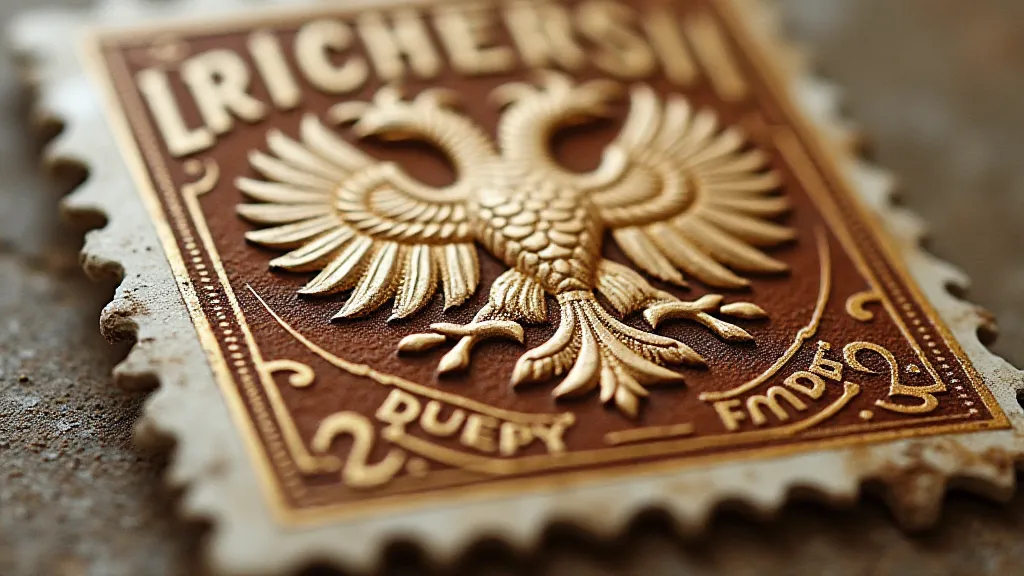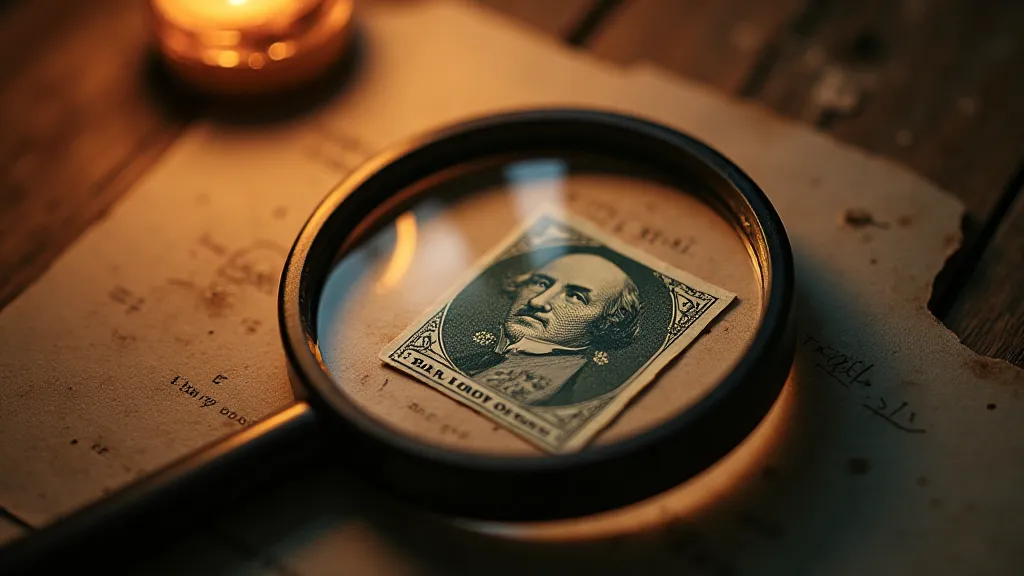The Geometry of Desire: Deconstructing Symmetry & Pattern in Stamp Design
There’s a quiet magnetism to vintage postage stamps that extends far beyond their historical significance or monetary value. It’s a pull rooted, I believe, in an almost primal appreciation for order and beauty – an aesthetic built on deliberate symmetry, echoing patterns, and a profound understanding of visual harmony. For those of us drawn to the tiny rectangles of the past, it's not merely collecting; it’s engaging with a microcosm of artistic intent.
My own fascination began, not in a bustling auction house or a dealer’s shop, but in my grandfather’s attic. Sunlight streamed through cracks in the boarded-up window, illuminating dust motes dancing in the air, and amidst the forgotten relics of a life lived, I discovered a shoebox overflowing with stamps. They weren't meticulously cataloged or stored in pristine albums. They were simply… there, a tangible link to a world I only knew through history books. I remember being mesmerized, not by the portraits of kings and queens or the depictions of famous landmarks, but by the precise alignment of portraits, the careful repetition of floral motifs, the seemingly endless patterns that unfolded before my young eyes.
This wasn’t randomness. This was design, purposeful and considered. Early stamp design, particularly in the 19th and early 20th centuries, often adhered to strict rules of symmetry and geometric precision. Think of the British Guiana 1c magenta, a single, almost tragically beautiful stamp, its design dictated by the limitations of its hand-engraved production. Or the iconic stamps of the Prussian Empire, where eagles – symbols of power and empire – are meticulously positioned, their wings mirroring each other in a display of unwavering stability. This wasn't merely about conveying national pride; it was about creating a sense of enduring strength and order in a rapidly changing world.

The Psychology of Symmetry
The human brain is wired to recognize and appreciate symmetry. It's a fundamental principle of natural beauty, evident in everything from snowflakes to the human face. Symmetrical designs are perceived as more balanced, stable, and aesthetically pleasing. This isn’t merely subjective preference; it’s deeply ingrained in our cognitive processes. In the context of stamp design, this deliberate embrace of symmetry served not only to create visually appealing stamps but also to convey a sense of authority and permanence. A nation projecting an image of unwavering strength and tradition used symmetry as a silent, yet powerful, communicator.
Beyond simple bilateral symmetry (a mirror image along a central axis), early stamp designs often incorporated radial symmetry, with patterns emanating from a central point. This was particularly evident in stamps depicting national emblems or heraldic symbols. The arrangement of these elements wasn’t arbitrary; it was calculated to create a visual focal point, guiding the viewer’s eye and reinforcing the message of national identity.
Repetition and Visual Rhythms
While symmetry provides a sense of order, repetition introduces a rhythmic quality that enhances the overall aesthetic appeal. Early stamp designers weren't afraid to use repeating patterns – floral motifs, geometric shapes, even stylized representations of national flora and fauna. This repetition wasn't monotonous; it created a visual tapestry, a subtle and engaging element that drew the viewer deeper into the design. Think of the floral stamps of the French Third Republic, with their intricate arrangements of lilies and roses – a delicate dance of visual repetition that exuded elegance and refinement.
The placement of these repeated elements was crucial. They weren’t simply scattered randomly across the stamp's surface. They were arranged in carefully considered patterns, creating a sense of visual flow and balance. This attention to detail reflects a deep understanding of how the eye perceives and processes visual information. The artists weren't just creating a picture; they were crafting an experience.
Craftsmanship and the Limitations of Early Printing
The beauty of vintage stamp designs is inextricably linked to the craftsmanship of the era. Early printing techniques – engraving, typography, and the earliest forms of lithography – imposed limitations that, surprisingly, often contributed to the beauty of the final product. The imperfections inherent in these processes – the slight variations in line thickness, the subtle blurring of colors – added a unique character to each stamp, a tangible connection to the human hand that created it.

The art of engraving, particularly, was a painstaking process that required immense skill and precision. Engravers would meticulously carve images into metal plates, which were then used to print the stamps. The resulting images were incredibly detailed and lifelike, a testament to the engraver’s artistry. Modern photogravure, while capable of incredibly high resolution, often lacks the subtle nuances and the hand-crafted feel of these early engravings.
Preservation and Appreciation
Collecting vintage stamps is more than just acquiring pieces of paper; it's preserving a tangible link to the past. The fragility of these artifacts demands careful handling and storage. Acid-free albums, archival-quality sleeves, and controlled humidity are essential for long-term preservation. But beyond the practical considerations of preservation, there’s a deeper responsibility – the responsibility to appreciate and understand the artistry and historical significance of these tiny masterpieces.
Holding a vintage stamp in your hand is an almost meditative experience. You can feel the texture of the paper, see the subtle imperfections of the printing process, and imagine the hands that created it. It's a connection to a world that’s long gone, a world of empires and traditions, of artistry and craftsmanship. And in appreciating this connection, we not only preserve the past but also enrich our understanding of the present.

The geometry of desire, as I see it, isn't simply about the symmetrical patterns and repeating motifs that grace these miniature canvases. It’s about the deeper human need for order, beauty, and connection – a need that has been expressed, with remarkable elegance and artistry, in the design of vintage postage stamps.





